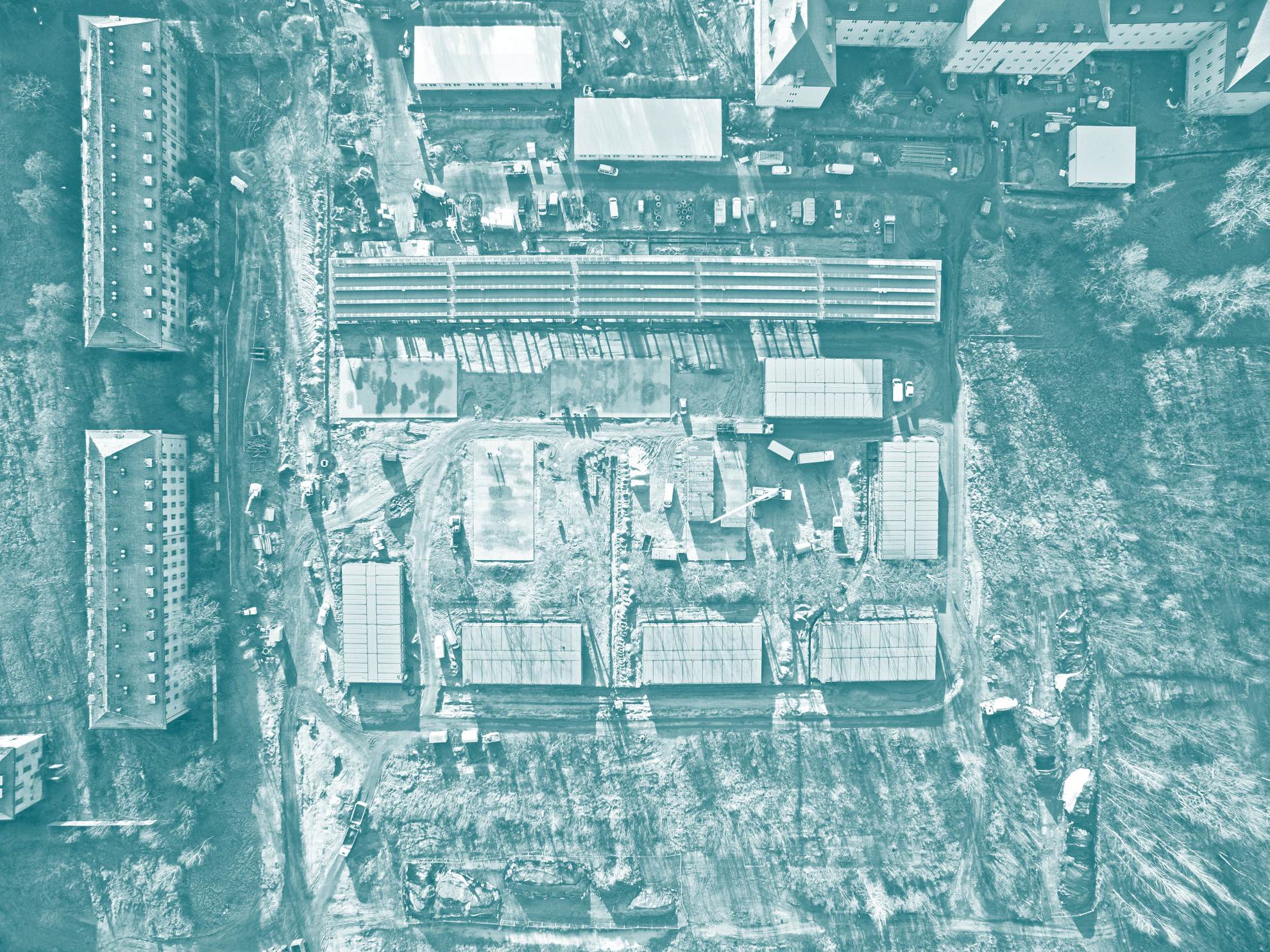17 June 2021 10:20 Colonial Building Networks
Portland Cement in British India: Materials, Expertise and Colonial Infrastructures, c. 1900–1940s
Meenakshi A (Jawaharlal Nehru University)
Cement and concrete are often portrayed as inventions that occurred and were perfected by architects in 19th-century Europe. The works that do attempt to trace the history of the material across continents tend to describe the growth of building technology in terms of a unidirectional “transfer” or “diffusion” which occurred through the “diaspora” of British engineering. Discussion of any distinctive presence of cement and concrete in other parts of the globe is often confined to the 1950s and afterwards as part of nation-building processes in the post-colonial context, or as manifested in the ideological projects of socialist states.
In the South Asian context, cement has been frequently studied as a commodity, with a disproportionate focus on the period after decolonization. Histories of cement in this region written by architectural and construction historians tend to focus on individual architects or particular buildings of prominence. For instance, Corbusier’s Chandigarh or Kahn’s work in Dhaka have been explored with an eye on architectural style, rather than on the material and technological aspects of this work. Beyond accounting for visual or aesthetic change, examining the transformations in building materials and technologies is important because, as systems of rules, new materials in modern engineering have shaped the formation of social spaces and the evolution of technical expertise.
This paper explores the emergence and development of Portland Cement as a construction material and technology in early 20th-century colonial India. The first part of the paper contextualizes the popularization of the material within the process of singularizing cement as a novel and distinctly “modern” material reliant on standardized and scientized modes of production and testing. Subsequently, a particular site of dam construction in the 1920s is considered to explore the limits of the expertise so painstakingly manufactured by colonial engineers. The final section of this paper engages with representations and imaginations of cement-concrete technologies in the 1940s, where industrial and colonial state concerns with developmentalist schemes shaped and were in turn shaped by the corporeality of materials and infrastructures.
Meenakshi is a research scholar working on modern South Asian history at Delhi’s Jawaharlal Nehru University. Her research interests include the intersections of material history, the history of science and technology and infrastructural history, and the evolution of the built and natural environments in the past two centuries. Her current project is on the history of cement and concrete in 19th- and 20th-century India. She holds a Master’s degree from the Centre for Historical Studies, Jawaharlal Nehru University, and an undergraduate degree from Ambedkar University, Delhi.
